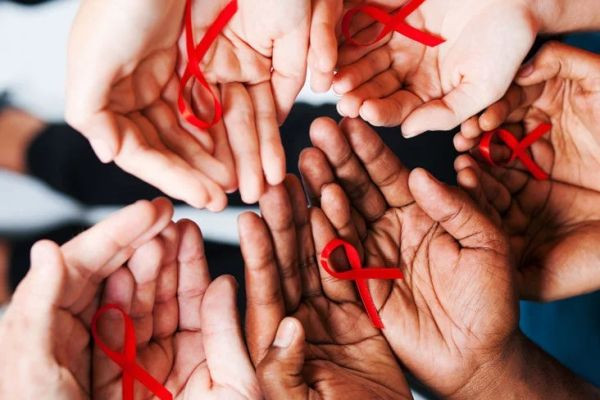HIV/AIDS continues to be a global health challenge, with millions affected worldwide. Understanding how to prevent the spread of HIV is crucial for everyone, regardless of age or background. Here's a comprehensive guide to HIV/AIDS prevention:
Understand How HIV is Transmitted
HIV is mainly spread through unprotected sexual contact, sharing of needles, and from mother to child during childbirth or breastfeeding. Knowing how it spreads helps in taking appropriate precautions.
Practice Safe Sex
Use condoms consistently and correctly.
Limit the number of sexual partners, or maintain a monogamous relationship with a tested partner.
Get Tested Regularly
Regular HIV testing ensures that you know your status and can take appropriate steps. Encourage your sexual partners to get tested as well.
Avoid Sharing Needles
Never share needles, syringes, or any equipment used to prepare and inject drugs. Access clean needles through a needle-exchange program if necessary.
Take Pre-Exposure Prophylaxis (PrEP) if at Risk
PrEP is a daily medication for those at high risk of HIV exposure.
Consult a healthcare provider for guidance.
Consider Post-Exposure Prophylaxis (PEP) if Exposed
PEP is emergency medication taken after potential exposure to HIV.
It must be started within 72 hours of exposure, so seek medical care immediately.
Ensure Safe Blood Transfusions
Only accept blood from sources that screen for HIV and other infectious diseases.
Educate Yourself and Others
Stay informed about HIV/AIDS, and share accurate information with friends, family, and community.
Support Mother-to-Child Transmission Prevention
Pregnant women should be tested for HIV and seek appropriate medical care if positive. This helps in taking preventive measures to reduce the risk of transmission to the child.
Promote Non-Discriminatory Attitudes
Encourage respectful and non-judgmental attitudes towards people living with HIV/AIDS. Stigma can deter individuals from seeking testing and treatment.
Conclusion
HIV/AIDS prevention requires a multifaceted approach, including education, safe practices, and empathy towards those affected by the virus. By adopting these strategies, communities and individuals can work together to reduce the spread of HIV and support those living with the disease. In the global fight against HIV/AIDS, each person's effort counts, and understanding prevention is the first step towards a world free from this disease. Whether for personal protection or community awareness, these guidelines form a crucial blueprint for prevention and care.









